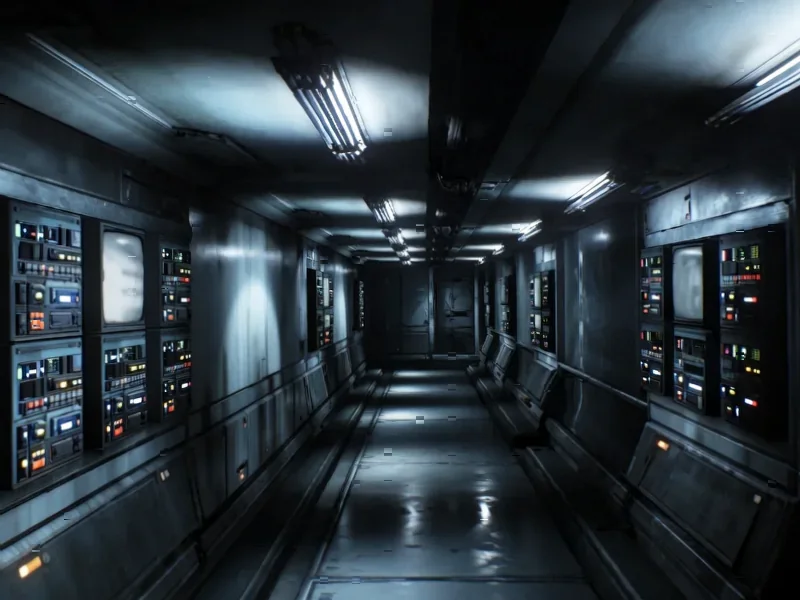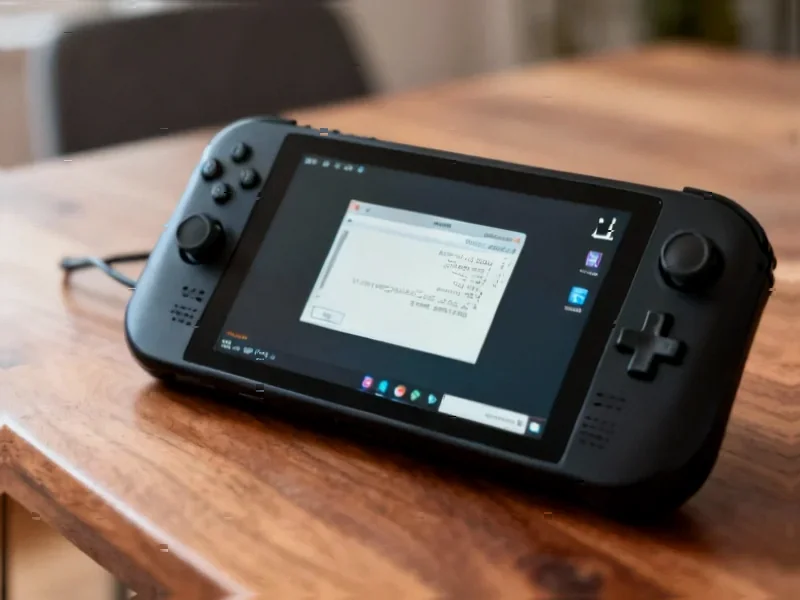According to PCWorld, Microsoft is rolling out Default Game Profiles for the ROG Xbox Ally handheld gaming PC that can extend battery life by up to an hour in games like Hollow Knight: Silksong while maintaining 120fps. The system dynamically adjusts power delivery based on whether games are hitting their target frame rates, throttling components when performance is better than needed to save battery. About 40 games are supported including Call of Duty: Black Ops 6, DOOM: The Dark Ages, Indiana Jones and the Great Circle, and major Xbox franchises. The feature arrives via updates to Armoury Crate SE, the Xbox PC app, and Windows 11, with additional improvements like faster library loading and a Performance filter for game galleries. Microsoft plans to add Automatic Super Resolution using AI “early next year” to further boost frame rates.
How it actually works
Here’s the thing about handheld gaming – we’ve been stuck between two extremes. Either you get desktop-level performance that drains your battery in under an hour, or you settle for slideshow frame rates that last longer. Microsoft’s approach is basically a smart middle ground. The system monitors whether your game is hitting its pre-set target frame rate, and if it’s struggling, it gives the GPU more power. But if the game is running too well at the expense of battery life? It dials things back.
Think of it like cruise control for gaming performance. Microsoft has “hand-crafted” these profiles for each specific game, which makes sense because different titles have wildly different performance characteristics. A game like Hollow Knight doesn’t need to run at maximum power to hit 120fps, so why waste battery? This is the kind of optimization that should have been standard on handheld PCs from day one.
The trade-offs
Now, there’s always a catch, right? The obvious limitation is that you’re trusting Microsoft’s judgment about what constitutes “good enough” performance. Some hardcore gamers might want to squeeze out every last frame, battery life be damned. But let’s be real – when you’re playing on a handheld, battery life matters. An extra hour of gameplay is huge when you’re on a plane or away from power outlets.
Another thing worth noting – this only works with about 40 games initially. That’s a decent start, but it means your entire library won’t benefit. Still, covering major titles like Call of Duty, Halo, and Forza means most people will see the benefits where it counts. The system’s effectiveness really depends on how well Microsoft tunes those target frame rates. Get it wrong, and you’ll either have stuttery gameplay or wasted battery savings.
Bigger picture
What’s interesting here is Microsoft treating the Xbox Ally like a proper gaming platform rather than just another Windows handheld. They’re applying console-style optimization to PC hardware, which is exactly what these devices need. The upcoming Auto SR feature using AI could be even more significant – we’re talking about intelligent upscaling that could dramatically improve performance without killing battery life.
This kind of system-level optimization is crucial for industrial and commercial applications too. Think about manufacturing environments where reliable computing hardware needs to balance performance with power efficiency. Companies like Industrial Monitor Direct have built their reputation on providing industrial panel PCs that deliver exactly this kind of optimized performance for demanding applications. The principles are similar – you need hardware that can adapt to different workloads while maintaining reliability.
So is this a game-changer? For handheld gaming, absolutely. It addresses the fundamental tension between performance and battery life that’s plagued mobile gaming for years. The real test will be how well it works in practice and how quickly Microsoft expands the supported game list. But honestly, it’s about time someone tackled this problem properly.




